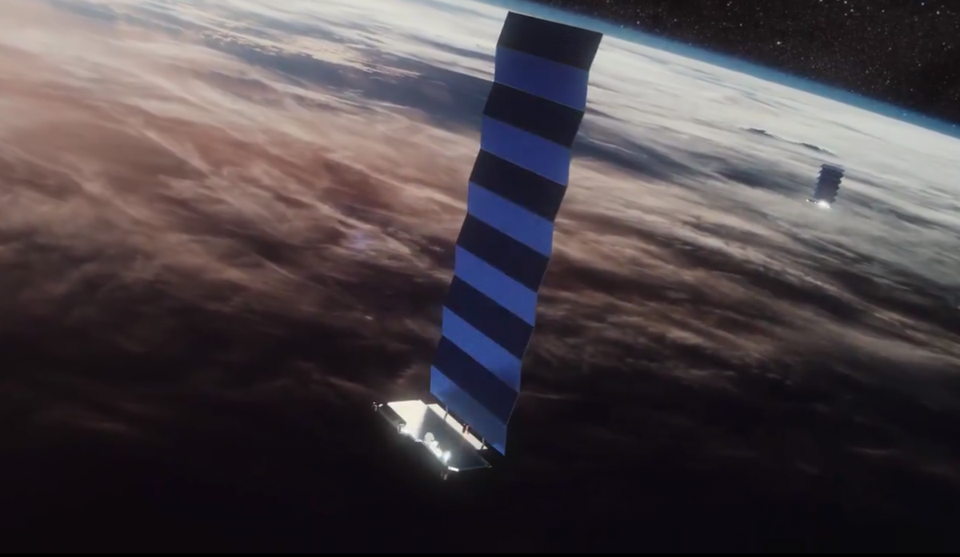Starlink vs Omnispace intensifies
June 6, 2024

Omnispace, a would-be mega-constellation satellite operator, is alleging potentially harmful interference to its licensed frequences by SpaceX’s Starlink broadband-by-satellite signals.
A May 30th letter from Omnispace to the FCC argues that SpaceX’s experimental licence “violates the terms of its authorisation by operating at an altitude inconsistent with the [FCC] filing.” The letter to the FCC states that SpaceX generates “harmful interference in the 1900-1995 MHz frequency band” and thus directly into Omnispace’s primary licensed satellite system.
SpaceX followed up with its response to the FCC on May 31st, saying that Omnispace’s letter was “strange” and “loaded with bizarre analogies that does not even attempt to substantiate its claim of interference”.
SpaceX accuses Omnispace of deliberately evading the FCC’s own rules and regulations and chose to license its system with Papua New Guinea’s telecoms authority. SpaceX argues that Omnispace is refusing to engage with SpaceX to discuss and coordinate frequencies.
Such coordination discussions are perfectly normal between satellite operators. “While Omnispace may not be familiar with coordination that process typically requires the participation of two operators,” said SpaceX, adding that it is ready to work with Omnispace in the event that Omnispace chooses to make any serious effort to substantiate or resolve its claims.”
Omnispace’s complaint came into the open in mid-May when it stated: “If SpaceX’s Direct-to-Cellular (DTC) service were ever to be deployed at scale, the aggregate interference from hundreds of DTC satellites visible to LEOs would be hundreds of times greater than the levels seen in this test and would render the band unusable by other operators over large portions of the globe.”
However, SpaceX counter-punch says there was no actual services beamed from Omnispace’s ancient OMNI-F2 craft, and therefore by implication how could there be interference?
“Omnispace’s recent letter does not show that SpaceX’s direct-to-cellular experimental testing caused harmful interference in the two limited tests OmnispaceX conducted. Instead, Omnispace has merely demonstrated its ability to intentionally configure its lone MEO satellite to detect SpaceX’s direct-to-cell emissions. This only proves that SpaceX’s DTC satellites were operating at the time of Omnispace’s tests and detectable under the narrow conditions of those tests, not that SpaceX’s emissions are causing or would cause harmful interference to Omnispace,” said SpaceX to the FCC on May 23rd.
Omnispace has told the FCC it expects to provide initial DTC services in 2026 with 300 LEO satellites, commenting: “We have already completed much of the design and confirmed its viability with vendors.”
The rewards for success by either of the protagonists, as well as AST Space Mobile, are potentially considerable. Investment analysts at Morgan Stanly in a note to clients says that Starlink’s Direct-to-Cellular business will account for $34.9 billion or 33 per cent of Starlink’s revenue in 2040. D2C is going to be the primary driver of revenue and subscriber growth for Starlink, said the bank.
Other posts by Chris Forrester:
- Project Kuiper seeks India licence
- FAA suspends SpaceX launches
- SpaceX vs AST SpaceMobile
- Eumetsat explains Ariane 6 cancellation
- AST SpaceMobile examines emergency call obligations
- AST SpaceMobile promises US commercial services
- Starlink “transformative” in shipping
- Rivada Networks funding explained
- EU satellites disrupted by Russia
